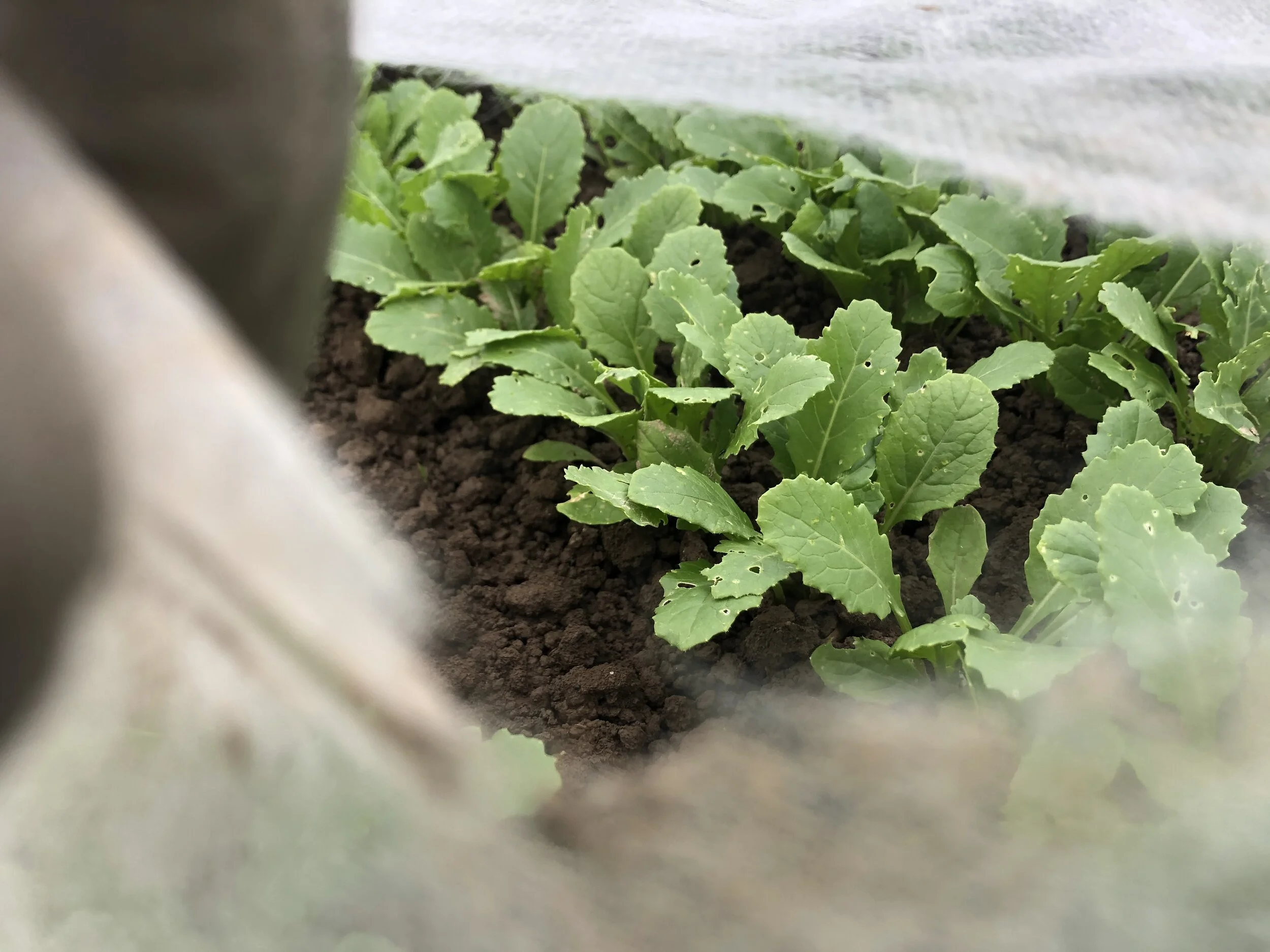WEEK 6 OF VEGGIES & FLOWERS DURING COVID-19
This week’s offerings include:
Disaster Preparedness Veggies Box
Salad mix
Confetti microgreens
Chard
Green garlic
Radishes OR Beets
Arugula OR Broccoli raab
Tatsoi rapini OR Bok choi
Rapini
Butter lettuce
Salad Box (not pictured)
2x Salad mix
1 pint Confetti microgreens
Bouquets for the Good of the Realm
Tulips!
Ranunculus (from our friends Crowley House Flowers)
Anemones
Geum
Honeywort
FARMER APPROVED RECIPES!
Here are some farmer-approved recipes for this week’s veggies!
Broccoli raab/arugula/rapini
How to use these greens: All of these greens are fairly interchangeable when it comes to recipes: they are all slightly peppery, and pair well with garlic and other assertive flavors like chili. They will all cook quite quickly, which makes a fast and delicious dinner super easy!
Pasta with Garlicky Broccoli Raab: Simple and delicious! This recipe will work well with your broccoli raab, arugula, OR rapini—you just need a green that is a little bit spicy and sweet, plus some delicious sizzled garlic (it calls for garlic cloves, but you can certainly use your green garlic in this!). So dang tasty!
Butter lettuce
How to use butter lettuce: The most luxurious of lettuces, the large outer leaves are fantastic for making wraps or as a spring roll ingredient; the inner leaves are tender and blanched, ideal for a truly beautiful salad.
Chicken Lettuce Wraps. A great, tasty way to use the larger outer leaves of your head of butter lettuce.
Farm Lettuces with Dill Vinaigrette. This really is a great vinaigrette for pairing with butter lettuce—I’ve made it before just using dried dill too and it works fine in a pinch!
NOTES FROM THE FIELD
“It is spring again. The earth is like a child that knows poems by heart.” ~ Rainer Maria Rilke
The theme of this week on the farm has definitely been “weirdly normal.” We got some rain. We got some sunshine. The honeybees are working hard in the flowering brassicas. The farmers worked hard prepping and planting. The ditch apples and hawthorns are blooming. The oaks are starting to push leaves. The weeds are popping. The barn swallows are bossing each other around. It’s definitely almost May, and the whole natural world is fairly overflowing with spring exuberance. It feels so comforting to witness each of these things proceeding just as it would in a normal year: and so we go on, the world turns, and the seasons march right along. It also makes it perhaps even more jarring to go back to “normal” life, like a trip to the grocery store, or especially to catch up on the news at the end of the day. While the human world falls apart (on a bad day) and sometimes comes together again (on a good day), nature is just out here doing her thing, growing and blooming and sharing abundance with us all. I’m here for the weirdly normal. It’s a good reminder that things will be okay. Not the same, but okay.
Top to bottom, L to R: Greenhouse tomatoes are in! Volunteer ranunculus blooming in our overwintered cauliflower bed. Peeking in on future food through holes in the row cover. Greenhouse cucumbers are up next!
Our big task of the week on the farm was to finally plant out our grafted greenhouse tomatoes. Our awesome crew, Ashley & Mercy, pushed hard to make it all happen, despite some soggy rainy working weather and daunting to do lists. We are so grateful for their hard work!
The greenhouse tomatoes are one of the biggest undertakings we tackle on the farm each season. These plants were seeded in the first couple of weeks in January, and have been carefully grown on in our heater propagation house, then grafted, healed, and potted on to grow again and produce healthy vigorous plants to put out in April. And we will continue to tend to these same plants, about 300 of them (and that’s just the grafted ones!), until sometime in October. That’s 10 whole months of endless tending: pruning, trellising, harvesting, irrigating, fertilizing, and so on. These plants are with us for the long haul! When it comes time to plant every year, my stomach gets a little tight with anxiety—if there is a time on the farm to get things right, this is it. But it’s always a relief to get them planted out and growing as well.
This year we planted a couple of weeks later than we did last spring. Partly this is a delay caused by grafting (it set us back about 10 days to take the time to graft and then let the plants heal and recover). Partly we were waiting out a very long string of cold, frosty nights. While we are planting into a tunnel right now (field planting is still a month out), we do not heat any of our tunnels. A night in the low 30s is too much risk for one of our most important crops of the entire season! So we waited. And waited. And finally, this week—with the return of the rain—we have had overnight temperatures in the 40s and felt secure to plant out our precious tomatoes. (Also, for those who are wondering why we are grafting, it is primarily for disease resistance, and then to increase vigor & overall production of fruit.)
Ahead of planting day, we removed old overwintered crops from the beds, amended them, and tilled them. On planting day, we carefully sorted all of our tomato starts and lay them out on the beds according to type (cherry, heirloom, slicer) and variety (we grow multiple varieties of each type). Then we plant! Planting is actually the simplest and fastest (and most satisfying!) part of the operation.
After planting, we install drip irrigation, 4 lines per bed. Two tapes are turned on right away to water in the newly planted tomatoes. The other two will get turned on once the plants are about shoulder high, to support these enormous plants with plenty of water as they grow up to 20’ tall over the course of the season. Each plant (currently just 6-8” tall) then gets a little bamboo stake, which we clip the plants to, to ensure they grow up straight and strong right from the start. Then we bend heavy wire hoops over the beds every 5 feet or so, to hold up floating row cover. These floating row covers work essentially as blankets for the plants, ensuring they stay nice and cozy overnight and on overcast days when the tunnel doesn’t warm up a bunch (we will pull them off on sunny days to let the plants breathe and avoid overheating them). Whenever the temperatures drop below 55* or so, tomato plants stop growing. So our goal is to keep them warm enough to grow pretty much continuously, and thus get fruit as early as possible! Early fruit is king, and so we work really hard to make sure it happens.
We have our plants, with their little support stakes, spaced every 12” down three beds in our high tunnel, drip irrigation installed, and hoops and row covers over them. The last step for this week was to install the wires which support the trellising twine high above the plants. These lines run the length of our 96’ long high tunnel, and we need two lines per bed. That’s a lot of wire! Erik rigged up a fun system to pull all of that wire by himself, and get it installed and tightened, which is awesome. Thank goodness he plugged away on that solo, because that let me and the crew pivot and get 10 beds of the flower block prepped (again, a long and involved process), and several planted (quick and painless compared to prepping). And that’s all in one day’s worth of work on the farm! We sleep really, really well y'all.
Summer is coming, just as surely as spring is unfolding right now. Planting tomatoes is proof we are moving in the right direction. Keep the faith.
Til next week.
Your farmers,
Beth, Erik, the crew & Maddie the farm dog too







